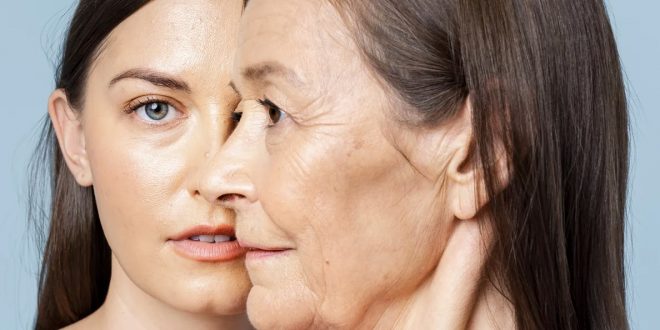Researchers at Disney Research Studios have created a new artificial intelligence (AI) technology that can subtly age or reverse the aging of persons in video footage. The tool, known as the face re-aging network (FRAN), will be able to make actors appear older or younger for movie scenes set in the past or the future with little post-production editing.
As Princess Leia, Carrie Fisher was digitally remade to resemble herself in the original Star Wars trilogy when she was in her twenties, as seen at the conclusion of the 2016 film Rogue One. For good reason, this cameo was only fleeting. According to John Knoll, who oversaw the visual effects for the movie, it was “a highly high-tech and labor-intensive version of creating makeup.”
This most recent tool can complete this laborious task in a small fraction of the time.
In a recent research paper outlining FRAN, the team describes how the system makes use of a neural network that has been trained using a vast amount of fake human face images. Using this information, it will then make projections about how a person’s face will probably change over time, including the development of wrinkles, facial sagging, and changes in skin tone.
It’s not difficult to age-reduce a person’s visage in a single frame. There are many programs and filters that can do this quite well that have emerged in recent years. But with FRAN, it’s possible to quickly and smoothly edit video footage while preserving important visual elements like facial expressions, camera angles, and lighting.
The researchers made a few films showcasing the tool and released them. They even demonstrate how an actor’s face can age in front of your eyes, changing from young to old in a matter of seconds. This is one of their most remarkable feats.
FRAN is still debatably far from being ideal. There are still some instances where the output film resembles a character from a video game. However, FRAN is able to de-age the face with noticeably fewer digital artifacts in the video while preserving the person’s identity as compared to other existing technologies.
The team is also aware of the potential for deeper fakes and other criminal uses for this technology. “It is developed with entertainment purposes in mind, but it is crucial to recognise possibilities for misuse,” they write in their conclusion. While there are methods for spotting altered photos, it’s equally critical to inform people widely about the risks associated with image and video modification algorithms.
Despite its flaws, there is a demand for such a tool in the market. “Photorealistic artificial re-aging of faces in video is becoming increasingly common in entertainment and advertising,” the researchers write in the introduction of their work. This may be a result of the recent increase in prequels, sequels, and reboots, which call for actors to appear in scenes that take place in the past and the present.
 Tech Gadget Central Latest Tech News and Reviews
Tech Gadget Central Latest Tech News and Reviews




